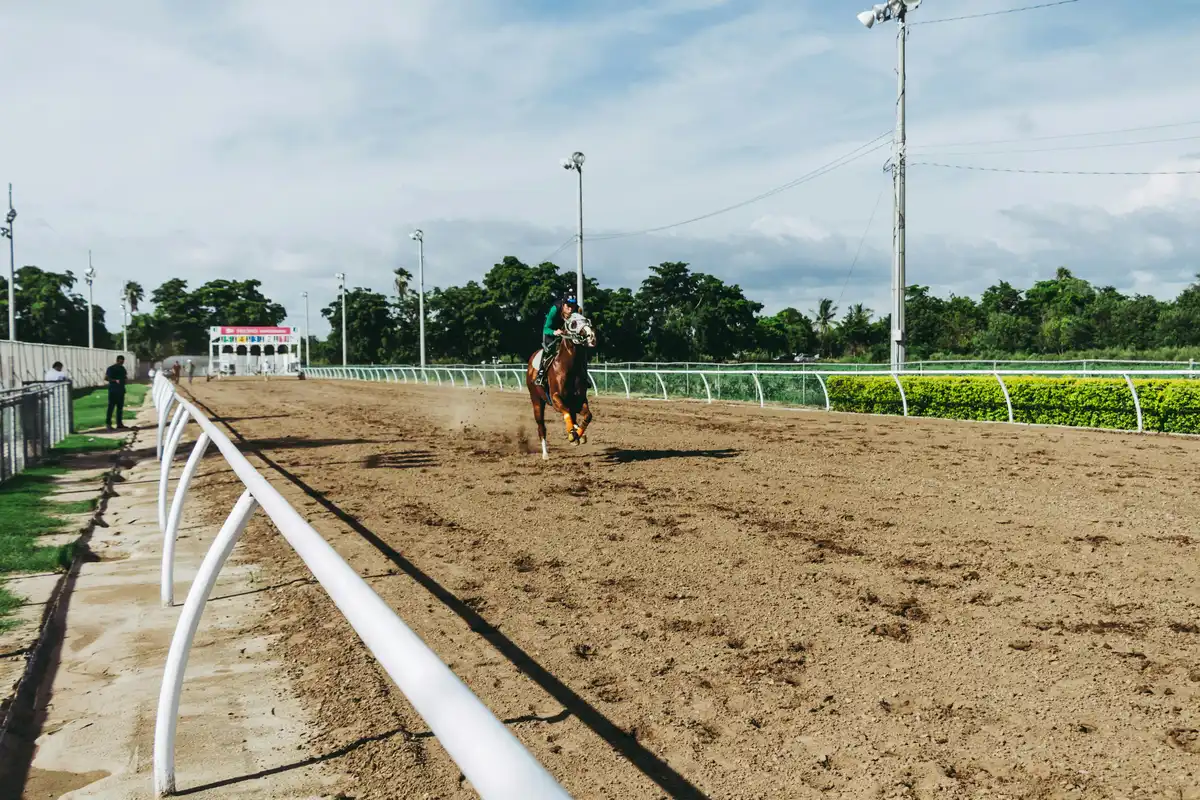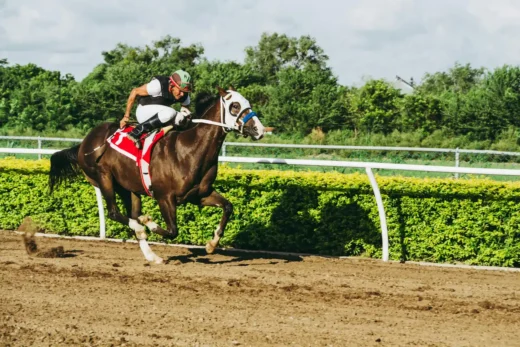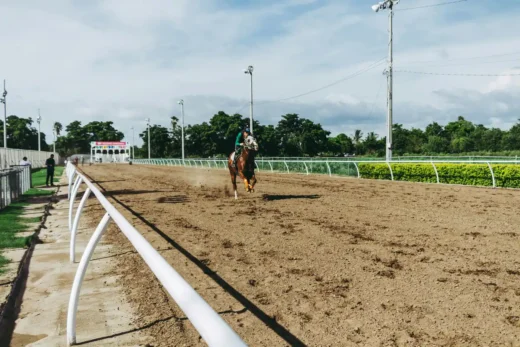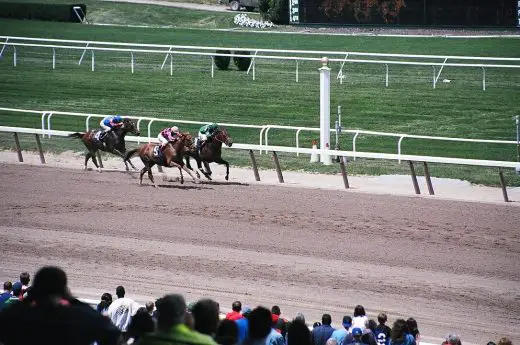Racecourse architecture evolution, horse racing stadiums, World buildings designs
Exploring the Evolution of Racecourse Architecture
16 April 2025
Racecourse architecture has evolved quite a lot over time. Racecourses are more than just venues as well, as they support the culture, tradition, and spectacle of the sport. Not only do they need to be safe, but they should also be visually stunning, with accessibility for spectators, trainers, and horses.
The Evolution of Horse Racing
The earliest evidence of horse racing dates back to 4,500 BC. Nomadic tribes present in Central Asia used to race horses for sport, but since then, things have evolved significantly. Now, horse racing is streamed to television screens all over the world, meaning you don’t need to go to the venue to witness the spectacle. This has put even more importance on the architectural development of racecourses too, as now they don’t just need to accommodate spectators, but also camera and filming equipment.
As horse racing became more popular, it soared in popularity across other media. There are many horse racing podcasts available to listen to, along with a huge number of movies and documentaries to stream. Not only is there horse racing within the metaverse, but you also have racing Slingo games, which offer a classic horse racing theme, along with several racing-related graphics. Slingo, which is a fusion between bingo and slots, is a great example of how prevalent horse racing is in the modern age, with interest in the sport steadily growing over time.
As interest booms, more and more people flock to the racecourse too, which puts an even bigger focus on the architecture and construction of the course, stands, and general experience offered.
Exploring the Oldest Racecourses
One of the oldest racecourses in the UK is the Chester Racecourse. Established in 1539, it’s still in operation. When the Romans occupied Britain, most of it was not dry land, showing how many developments have taken place over the years. In the Middle Ages, construction began to try and deposit more silt, which helped to convert the area into a riverside meadow. This then laid down the foundation of what would eventually become the racecourse we know and love today. Another racecourse would be the Doncaster Racecourse, with the first race taking place in 1766.
In the mid-1800s, cast iron gates and glass were used to create the grandstand. The venue has undergone a £34 million redevelopment, with the racecourse now being a world-class venue for racegoers during race days. The five-story grandstand is impressive from an architectural standpoint and helps to, again, pay homage to the original design, bleeding past and present for the ultimate viewing experience.
The second-oldest racecourse in the UK is the Newmarket Racecourse in Suffolk, which was established in 1636. King Charles II was a key figure in its revival and helped to establish the Newmarket Town Plate in 1666. He even took part and won the competition, making him the very first royal to ever do so. A lot of the rules he implemented went on to be adopted in modern-day races, with a lot of punters hailing the rules as being the foundation upon which modern racing is built. This alone helps to showcase how influential this racecourse is, and with historic architecture, it’s one that certainly makes an impression.
So horse racing has evolved quite significantly over time. The fact that most races are televised has also helped to raise more awareness of each course’s architecture. As more and more people flock to the courses, expansions have been made – this includes adding additional stands and making the courses bigger over time. Not only does this make the sport more popular, but it has also spurred the architectural developments of these stunning courses.
Comments on this guide to Racecourse architecture evolution, horse racing stadiums are welcome.
Horse Racing Stadiums
Horse Racing Venue Buildings
Horse racing stadiums and NASCAR race tracks

Most beautiful horse racing venues in the world
Great Horse Racing, Better Course Architecturearticle are welcome.
Racecourse Buildings
Horseracing Racecourse Buildings
Great Horse Racing, Better Course Architecture
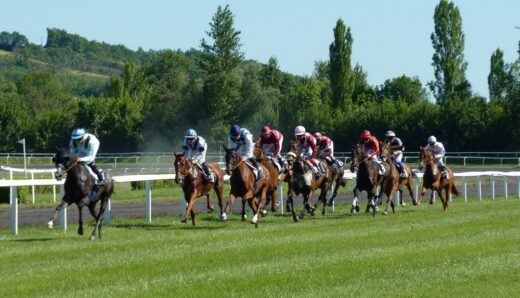
Most beautiful horse racing venues in the world
Contemporary Racecourse Architecture – architectural selection below:
The Curragh Racecourse – Concept design for Ireland’s most prestigious racecourse, by Grimshaw:
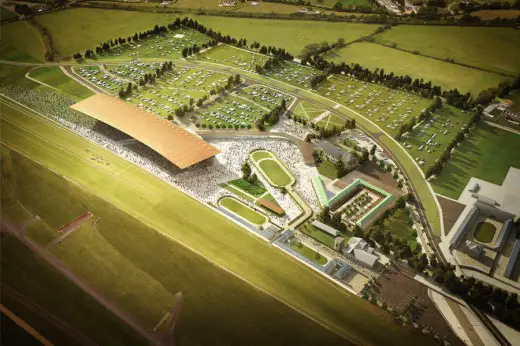
image courtesy of architects office
Tokyo Racecourse Fuji stand, Japan:
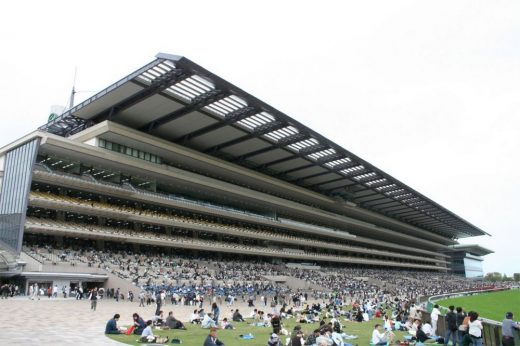
photo courtesy of Goki (CC BY-SA 3.0 (http://creativecommons.org/licenses/by-sa/3.0/))
Five Best Horse Racing Venues in the World
The Club Stand for the Victoria Racing in Melbourne, Victoria, Australia:
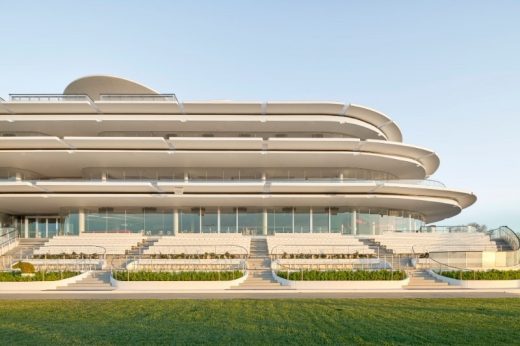
photograph © Sean Fennessy
Royal Ascot grandstand and paddock, England, UK:
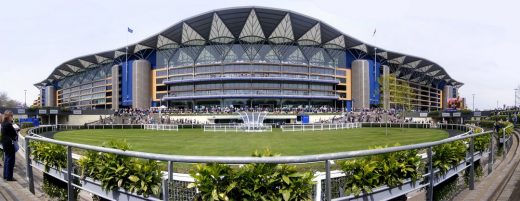
image courtesy of flickr
Longchamp Paris racecours, France:

picture © Dominique Perrault
Longchamp Paris racecourse
Meydan Dubai racecourse, UAE – Jaguar Style Stakes:
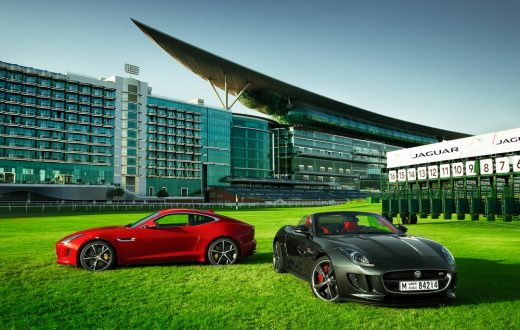
photo courtesy of Jaguar MENA (CC BY 2.0 (https://creativecommons.org/licenses/by/2.0))
Wellington Racecoures, Belgium
Design: BURO II
New Longchamp Racecourse Paris
Horse Park in Yeongcheon, South Korea
Happy Valley Hong Kong Racecourse
Comments / photos for the Racecourse architecture evolution, horse racing stadiums page welcome

